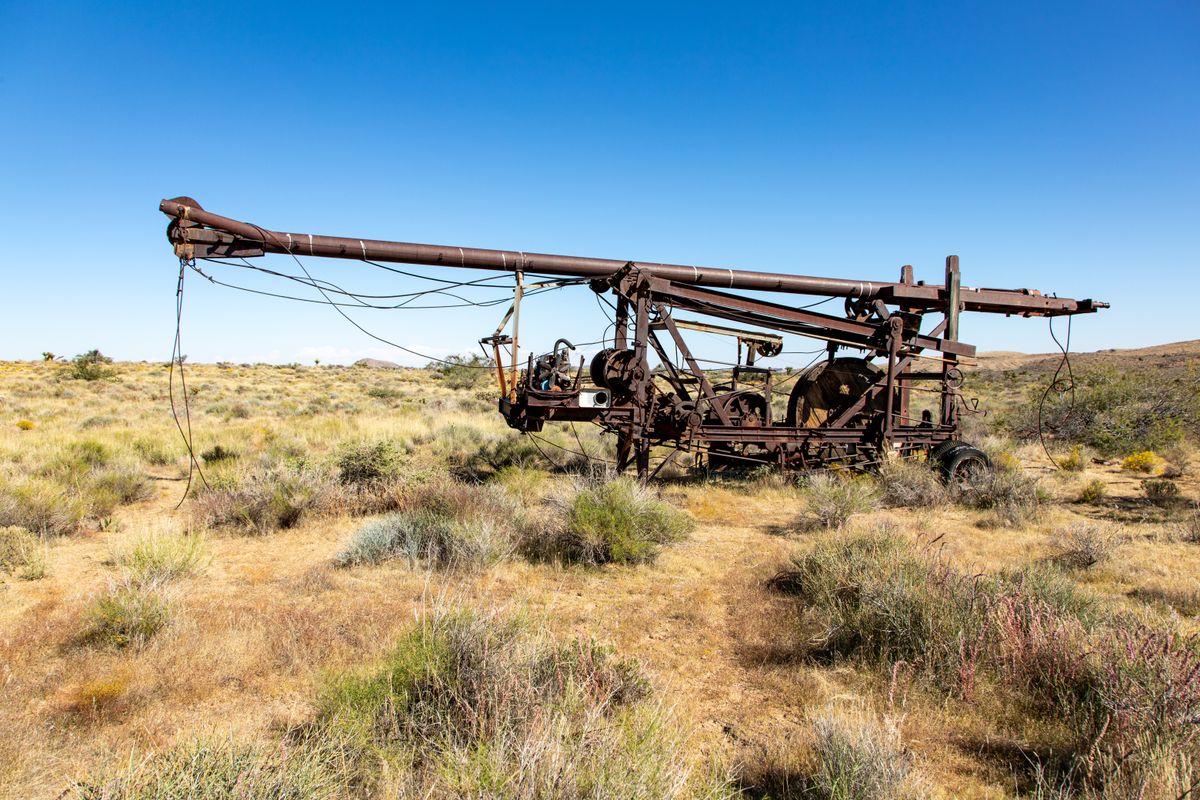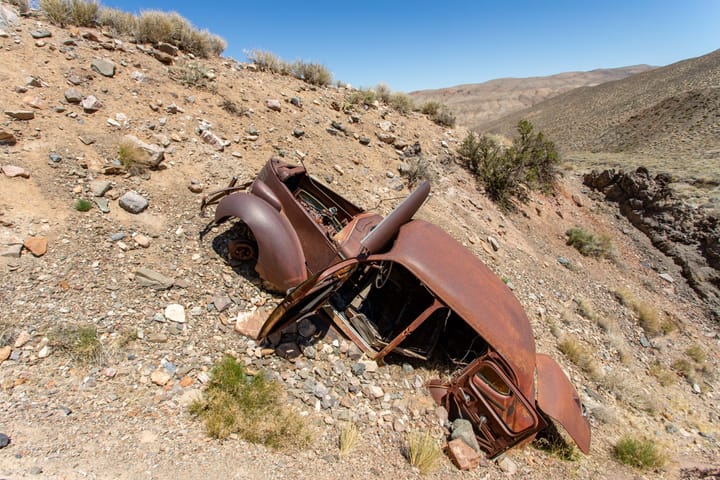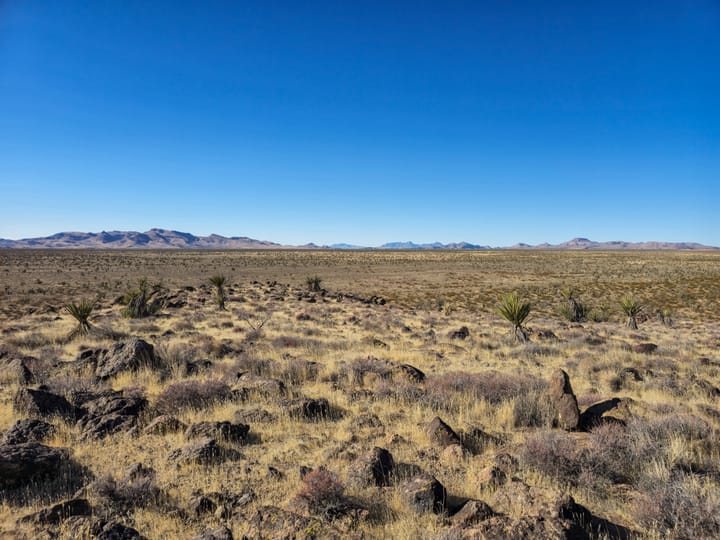Here are the news and updates since the last newsletter in August.
I've been focused on Joshua Tree lately. That will continue a bit more, and then I will move on.
The next newsletter will be at the end of the year (with the year-end update, if I remember!) I will try and return to a quarterly newsletter schedule unless something else warrants an update.
New Trips

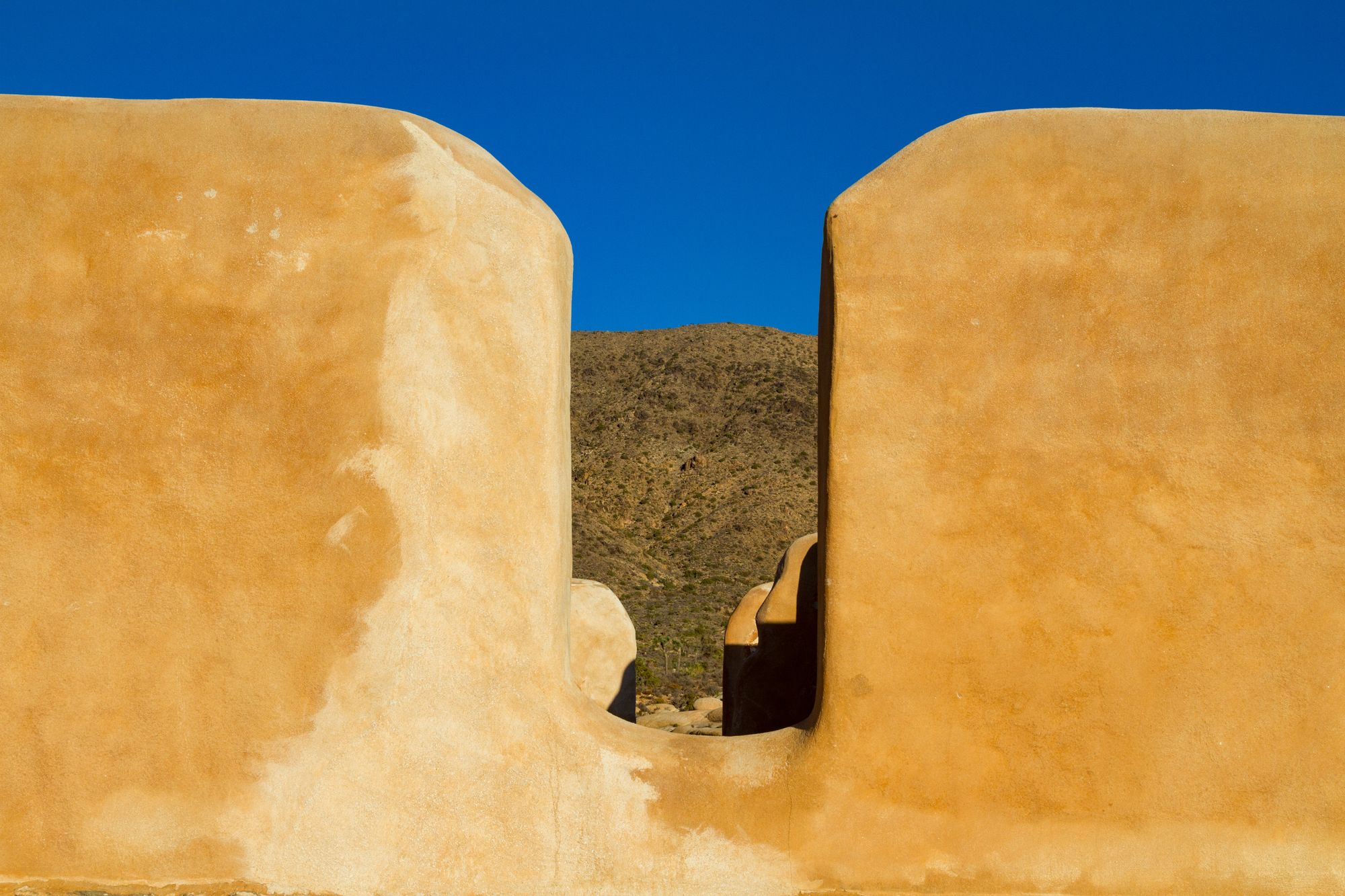


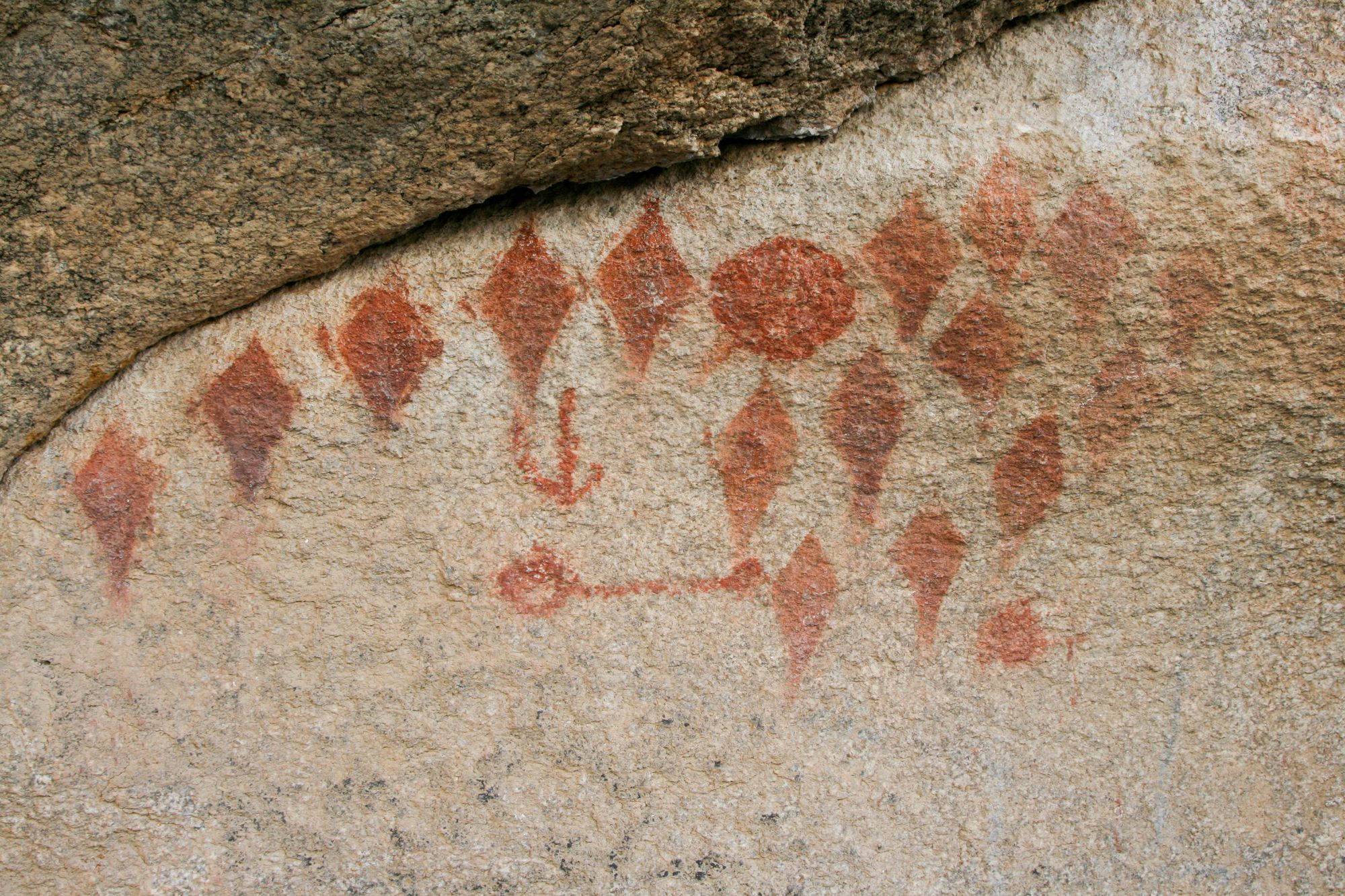
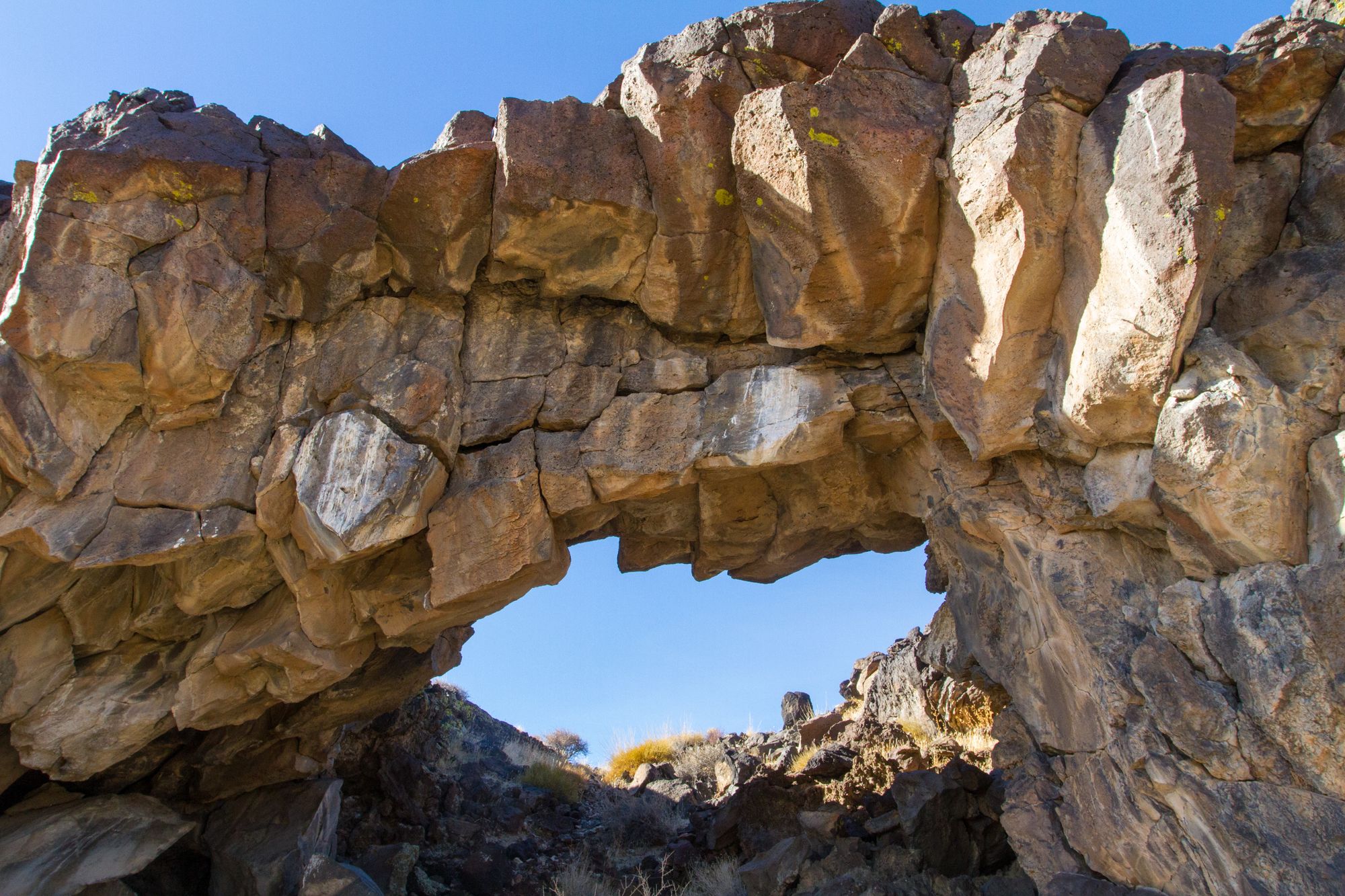
Updated Trips
This has been an unusually busy two months for email updates:
I got an email from the grandson of a miner who was looking for his grandfather's mine. We found it, and he sent me some old family photos. See the updates:
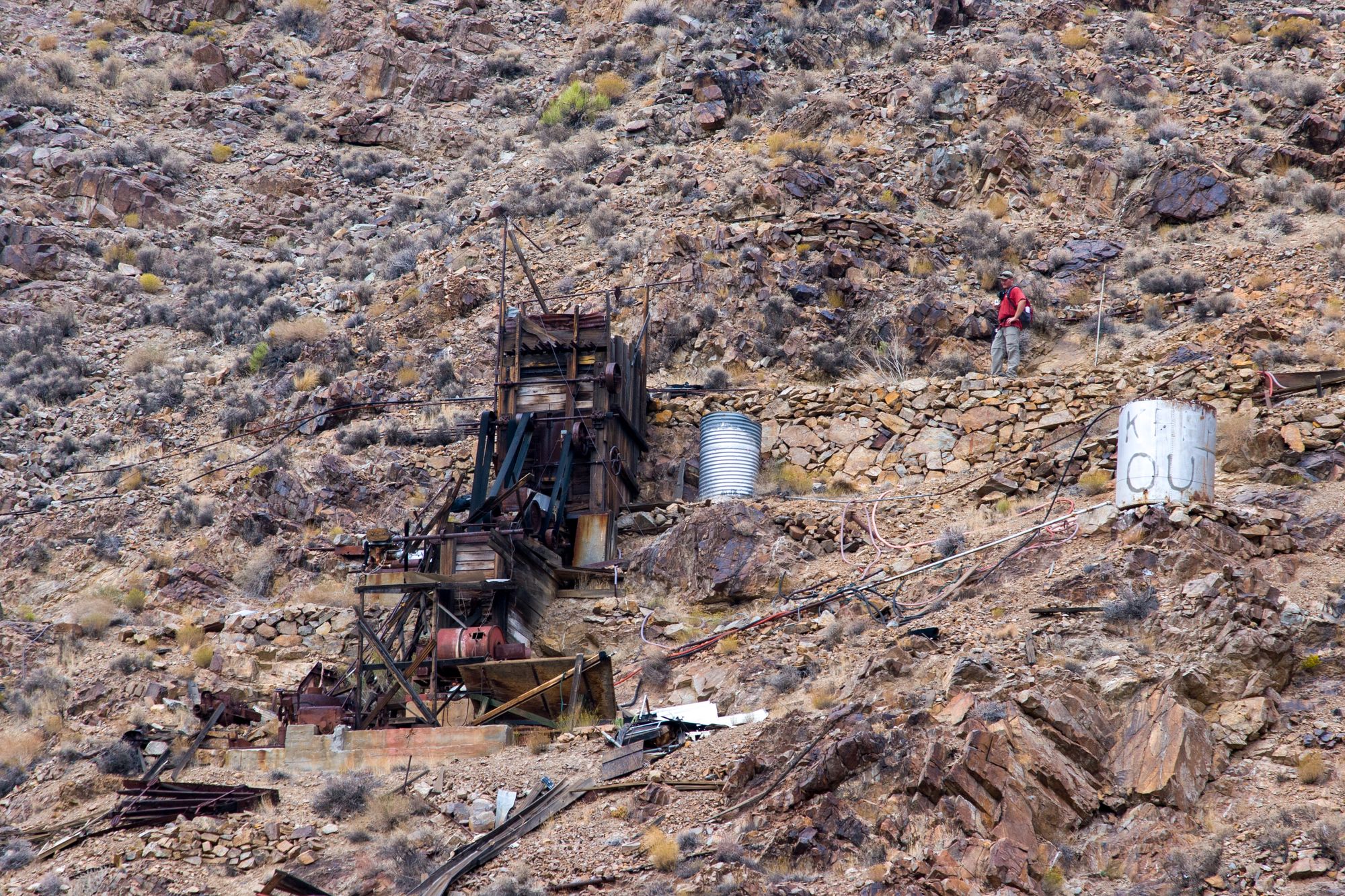
I received an email from the former operator at the Atlanta Mill. He kindly gave me some first-hand information on that operation, causing me to look more into the history of the place. It was really interesting to hear from him. See my updates:

I got another email from a subscriber on the current condition of the Mexican Mine in the Sierras. I added his photos and updates:
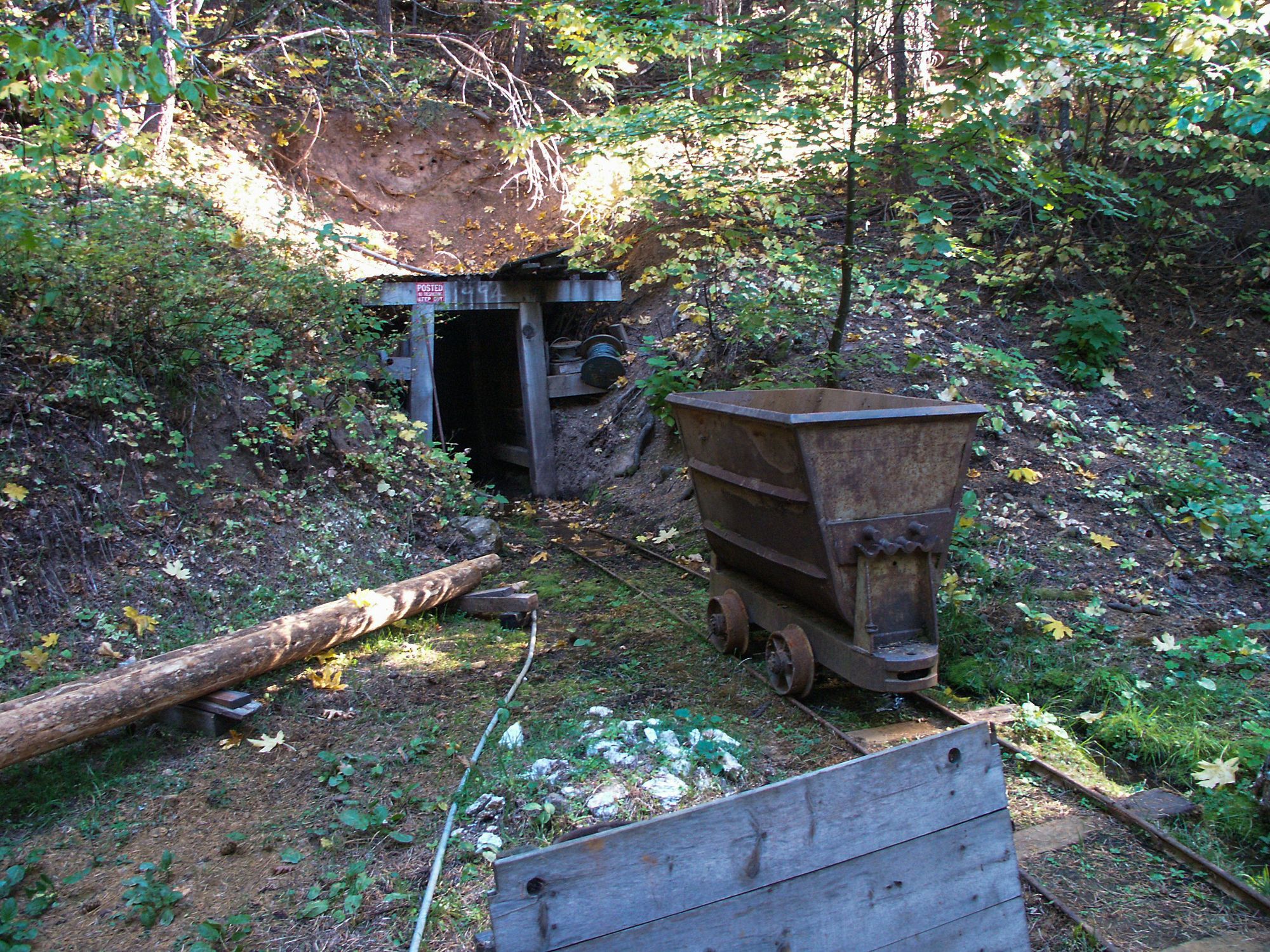
If you have updates on sites, please let me know.
In late September, I went out to revisit the Sagamore Mine Camp. I was worried it burnt down in the York Fire - It had. See my new photos at the bottom of the page. What a loss.

I've updated more than a few Joshua Tree posts as well.
